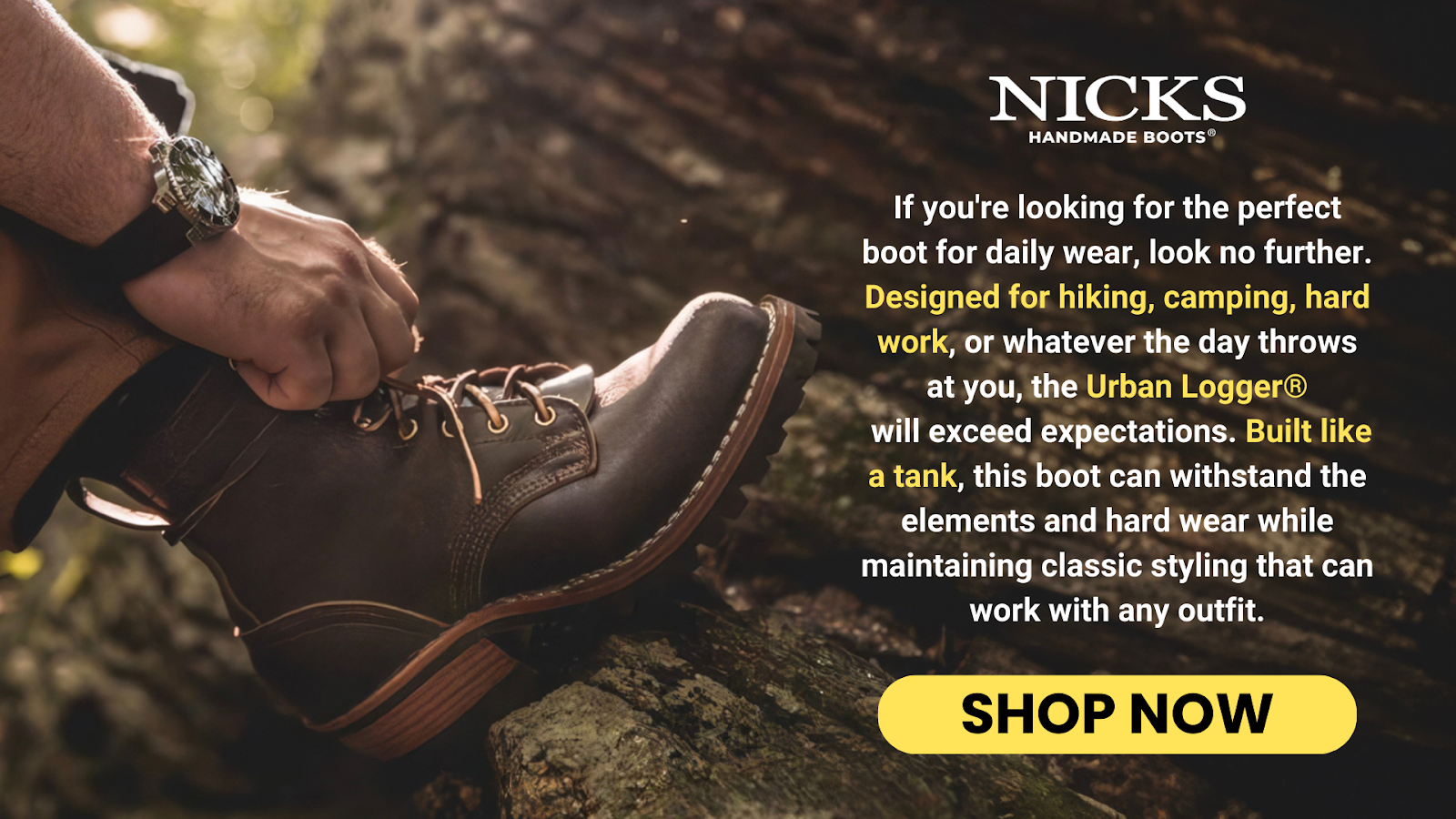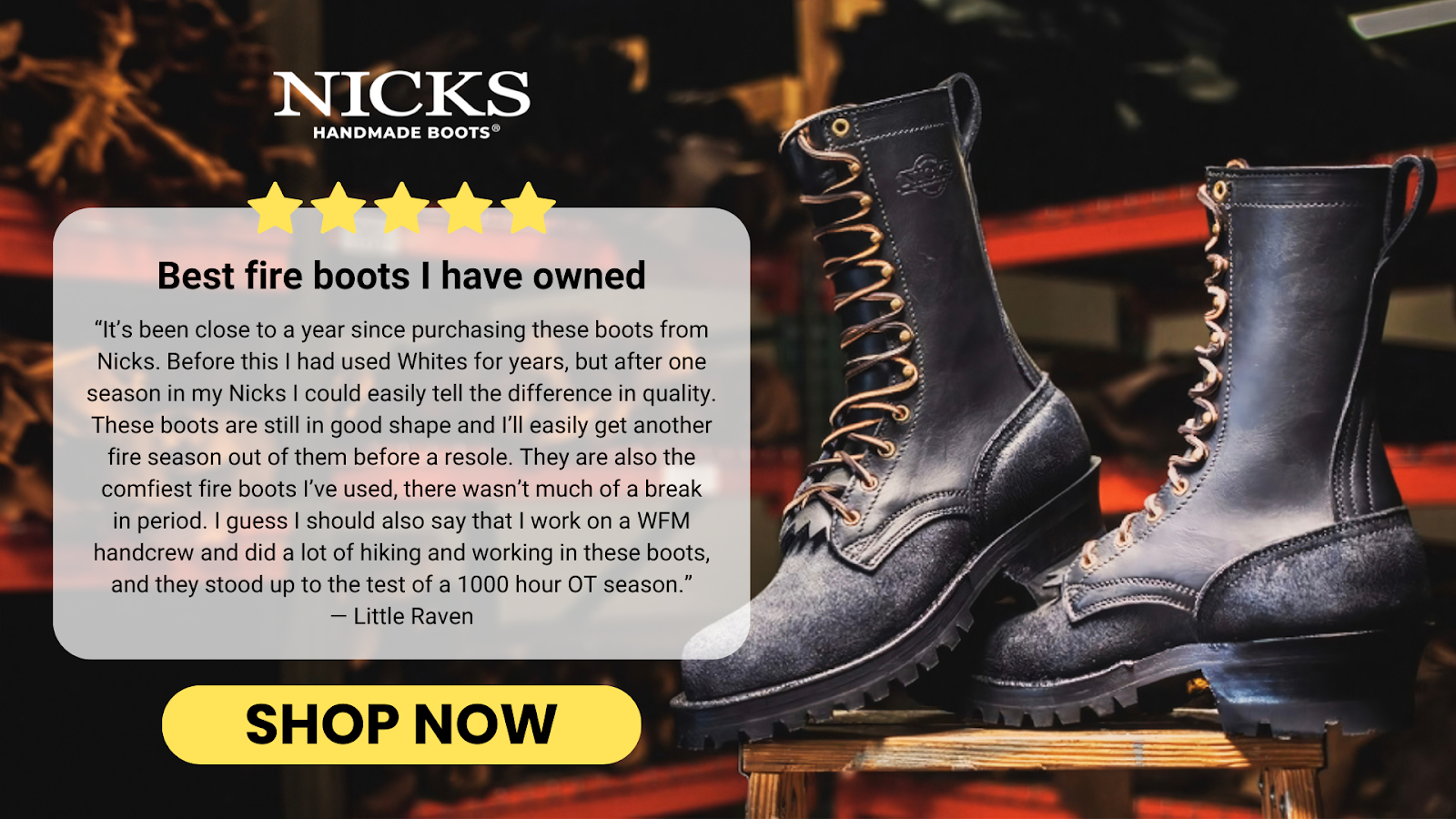Key Takeaways:
- Buffing Enhances Leather Longevity: Regular buffing maintains leather’s durability by redistributing natural oils, preventing cracks, and restoring its natural shine. This care helps extend the life of your leather items, ensuring they remain functional and beautiful.
- Proper Tools and Products Make a Difference: Using the right tools, such as a horsehair brush, soft cloth, and quality leather conditioners, ensures effective and safe buffing. These products protect the leather while achieving a polished and refined finish.
- Routine Care Reduces Environmental Impact: Maintaining leather reduces the need for replacements, minimizing waste and the environmental impact of new production. Caring for leather is both cost-effective and eco-friendly.
Why does leather lose its natural glow over time? Like a treasured keepsake, leather needs care and attention to maintain its elegance and durability. Without regular upkeep, even the finest leather can appear worn and tired.
At Nicks Boots, we understand the importance of preserving the beauty and functionality of high-quality leather. Known for our rugged yet refined footwear, we believe in empowering our customers to keep their boots looking their best for years.
In this guide, we’ll break down the process of buffing leather into clear, manageable steps, helping you restore its natural brilliance and texture. By following these techniques, you’ll achieve a flawless shine and extend the life of your favorite leather items.
Why Buffing Leather Is Important
Buffing leather goes beyond aesthetics—it plays a critical role in maintaining the quality and durability of the material. Over time, leather can accumulate scratches, scuffs, and a dull finish, especially when subjected to daily wear and environmental exposure. Buffing helps smooth out these imperfections, restoring the leather's natural shine and ensuring it looks polished and well-maintained.
In addition to enhancing appearance, buffing is essential for preserving the structural integrity of leather. Redistributing its natural oils prevents cracking, drying, and premature aging. For those who appreciate long-lasting, high-quality leather goods, buffing is a key step in their care routine.

Tools You’ll Need To Buff Leather
Buffing leather properly requires a selection of tools designed to clean, condition, and polish without causing damage. Each tool serves a specific purpose, ensuring the process is efficient and effective. Let’s explore these essential tools:
- Soft, Lint-Free Cloth or Microfiber Towel: A soft, lint-free cloth or microfiber towel is indispensable for buffing leather. It prevents scratches while allowing you to apply pressure evenly across the surface. This tool is ideal for initial cleaning and creating a smooth, polished finish.
- Horsehair Brush: A horsehair brush is perfect for loosening dirt and creating a deeper shine. Its soft bristles glide gently over the leather, smoothing out creases without damaging the material. Regular use also helps maintain the leather’s natural texture and grain.
- Leather Conditioner or Cream: Leather conditioner or cream is essential to replenish natural oils and prevent cracking. It keeps the leather supple and hydrated, enhancing its durability. A small application goes a long way in restoring the material's flexibility and shine.
- Wax Polish (Optional): A high-quality wax polish can provide extra shine and protection. It seals the leather, offering resistance against water and stains while enhancing its appearance. Use it sparingly to avoid clogging the pores of the leather.
Step-By-Step Guide To Buffing Leather
Buffing leather is a straightforward yet rewarding process that enhances the appearance and longevity of your leather items. By following the correct steps, you can maintain their natural beauty and durability over time. Explore each step in detail to achieve a flawless, polished finish.
Step 1: Clean The Leather
Begin by cleaning the leather to remove any dust, dirt, or debris that might interfere with the buffing process. Use a damp, lint-free cloth to wipe the surface gently, avoiding oversaturation to protect the material's integrity. Allow the leather to dry thoroughly in a well-ventilated area, as residual moisture can hinder the effectiveness of subsequent steps.
Step 2: Apply Leather Conditioner
After cleaning, condition the leather to restore its suppleness and prevent damage. Use a high-quality leather conditioner, applying a small amount onto a soft cloth and massaging it into the material in circular motions for even coverage. This step replenishes natural oils, enhances the leather's texture, and guards against cracking and dryness.
Step 3: Buff With A Horsehair Brush
Once conditioned, use a horsehair brush to buff the leather and bring out its natural sheen. Use consistent, brisk strokes to smooth out creases, remove excess conditioner, and refine the finish. This technique creates a polished appearance while redistributing the conditioner evenly across the surface.
Step 4: Add Wax Polish (Optional)
Apply a thin layer of wax polish to the leather for additional protection and a striking shine. Use a clean cloth to spread the polish uniformly, focusing on a light and even application to prevent buildup. Follow this with a final round of buffing using a clean brush, resulting in a glossy, water-resistant finish that makes the leather look brand new.
Tips For Maintaining A Long-Lasting Shine
Buffing leather is essential in maintaining its quality, but regular care is key to keeping it attractive and long-lasting. With consistent upkeep, you can ensure your leather items, like hiking boots, remain durable and retain their natural charm. Here are some effective maintenance tips to help you achieve this:
Clean Regularly And Avoid Dirt Buildup
Frequent cleaning prevents dirt and grime from embedding into the leather. Use a soft, damp cloth to wipe down the surface, ensuring no particles scratch or damage the material. Regular cleaning keeps the leather looking fresh and prevents the need for intensive restoration later.
Store Leather Properly
Proper storage is essential for maintaining the shape and quality of leather. Always store leather items in a cool, dry place away from direct sunlight and heat, which can cause fading and drying. Dust bags or breathable covers can also help protect leather from moisture and scratches.
Recondition Periodically
Even with regular care, leather can lose its natural oils over time. Reconditioning with a high-quality leather conditioner every few months helps restore suppleness and prevent cracks. This simple habit keeps your leather soft, flexible, and ready for everyday use.
Protect Leather From Excess Moisture
Excessive moisture can weaken leather, causing it to warp or develop stains. If your leather gets wet, gently pat it with a soft cloth and allow it to air-dry naturally—never use direct heat. Regular conditioning can also help to maintain the leather’s resilience against occasional exposure to water.
Rotate Usage To Prevent Wear
Frequent, continuous use can wear out leather faster. Rotating between different leather items allows them to rest and recover, preventing premature wear and tear. This simple habit extends the lifespan of your leather while keeping it looking its best.
How Often Should You Buff Leather?
The frequency of buffing leather depends on how often the item is used and the environment it’s exposed to. Leather that sees daily wear or harsh conditions may require buffing every few weeks, while items used less frequently can be buffed monthly. Regular buffing ensures the leather maintains its shine and protects it from wear and tear.
Boots and shoes should be buffed after cleaning or conditioning to keep them looking polished. If you notice the leather losing its luster or starting to feel dry, it’s time for a touch-up. Consistency is key—buffing as part of a regular maintenance routine will keep your leather in excellent condition for years.
The Environmental Benefits Of Maintaining Leather Properly
Caring for leather goes beyond preserving your favorite boots or bags—it’s a choice that positively impacts the planet. Proper maintenance reduces the need for frequent replacements, conserving resources and limiting waste. Let’s break this down into the key environmental advantages:
Extending Leather Lifespan Reduces Waste
When leather items are properly maintained, they last significantly longer, avoiding the need for premature disposal. Fewer products end up in landfills, reducing environmental strain. By prolonging the lifespan of leather goods, you directly contribute to waste reduction and a more sustainable lifestyle.
Lower Demand For New Leather Production
When a leather item is replaced, new resources are used for manufacturing. Maintaining your leather reduces the demand for production, which is often resource-intensive and associated with environmental impacts such as water usage and emissions. Caring for what you already own promotes a more sustainable cycle of consumption.
Preserving Leather Avoids Harmful Chemical Runoff
Leather production involves processes like tanning and dyeing, which can release harmful chemicals into the environment. By maintaining your leather goods, you minimize the frequency of new purchases and indirectly reduce the environmental footprint of leather manufacturing. This simple act of care helps lessen chemical waste and pollution.

Final Thoughts
Buffing leather is more than a task—it’s an art that reflects a commitment to preserving the elegance and resilience of one of nature’s finest materials. Whether it’s a cherished pair of boots or a leather bag, buffing goes beyond surface shine. It restores vitality, enhances durability, and honors the craftsmanship behind every piece. When cared for properly, leather becomes a testament to timeless style and functionality, growing richer with age and use.
Embracing a regular buffing routine is also an opportunity to connect with the items accompanying us through life’s journey. It’s a simple yet meaningful way to appreciate the durability and beauty of leather while fostering a sense of responsibility toward sustainability. By caring for your leather goods, you ensure they continue serving their purpose gracefully and reliably, becoming enduring companions in your everyday adventures.
Read also:
Frequently Asked Questions About How To Buff Leather
Can I buff leather without a special brush?
Yes, if you don't have a horsehair brush, you can use a soft, lint-free cloth. While it may not provide the same level of shine, it’s effective for gentle cleaning and light buffing.
Is buffing leather the same as polishing?
Buffing restores the natural shine of leather by removing imperfections and redistributing oils. Polishing, on the other hand, adds a protective coat to enhance gloss and shield the leather from dirt or moisture.
Can buffing damage leather?
Buffing is safe when done correctly with soft tools and light pressure. Aggressive buffing or using inappropriate materials can scratch or dry out the leather.
How long does it take to buff leather?
Buffing small leather items typically takes 10–15 minutes, depending on the material’s condition. Larger items or heavily scuffed leather may require more time for a thorough buff.
Can I buff leather shoes while they’re wet?
No, leather must be completely dry before buffing to prevent streaks and surface damage. Buffing wet leather can also lead to uneven finishes and harm its texture.
What’s the best environment for buffing leather?
To ensure visibility, perform leather buffing in a clean, dust-free space with ample lighting. Moderate temperatures prevent conditioners or wax from drying too quickly during application.
What type of leather benefits most from buffing?
Smooth and full-grain leathers benefit the most from buffing due to their natural texture and oils. Suede or nubuck leathers, however, require different care techniques and tools.
Is buffing necessary for all leather items?
Frequently used leather items like shoes and bags benefit the most from regular buffing. Decorative leather pieces or items with minimal use may only require occasional care.
Can I use household products to buff leather?
Household items like olive oil or vinegar can work in emergencies but may leave residues that attract dirt. For optimal results, it’s best to use products specifically formulated for leather care.
Does buffing leather make it waterproof?
Buffing alone doesn’t waterproof leather, but adding a wax polish afterward can offer some water resistance. For full waterproofing, use specialized leather treatments designed for this purpose.






































